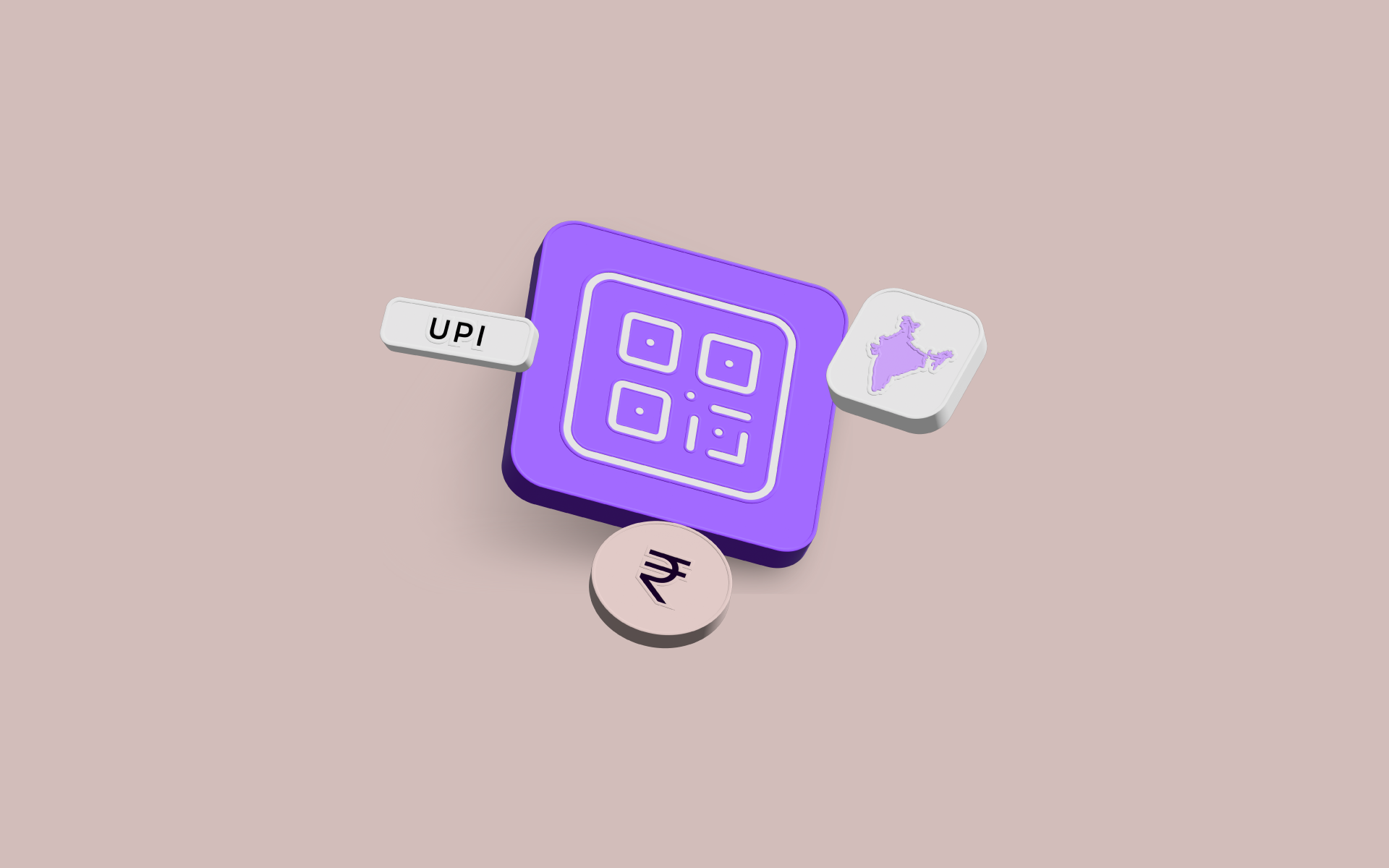Unified Payments Interface (UPI) has transformed the payment landscape in India, enabling fast, secure, and cashless transactions. UPI has become synonymous with everyday payments, from paying at grocery stores to splitting restaurant bills, marking a shift towards a digital-first economy.
Its simplicity and versatility have enhanced convenience and encouraged millions of people to adopt digital payments for the first time. These factors helped bridge the gap between technology and financial inclusion.
The shift was crucial for enabling digital payments even in rural areas, supported by initiatives like PMGDISHA (Pradhan Mantri Gramin Digital Saksharta Abhiyaan) and the 75 Digital Villages campaign.
A Statistical Overview of UPI Payments
UPI has experienced staggering growth since its launch in 2016. In the last five years, UPI transactions have grown from a value of ₹1 lakh crore to ₹139 lakh crore, reflecting a compound annual growth rate (CAGR) of 168% in value.
This growth showcases how UPI bridges the gap between technology and financial access by enabling even low-value transactions, especially in rural areas.
UPI’s popularity for micro-transactions is evident. The average ticket size (ATS) for UPI transactions fell from ₹1,603 in 2023 to ₹1,478 in 2024, highlighting its widespread use for small-value payments.
One key driver of this growth has been UPI’s ability to handle smaller transactions efficiently, which has encouraged its use for everyday purchases. This capability has made digital payments accessible to millions, especially in rural areas where cash previously dominated.
How UPI Payments Powers the Digital Economy
UPI’s ability to integrate seamlessly with various sectors has been a key factor in driving growth and transforming the digital landscape.
- Small businesses and MSMEs: UPI has provided an easy and affordable way for small businesses and street vendors to accept payments without needing costly point-of-sale (POS) systems. By utilizing QR codes linked directly to their bank accounts, merchants—from Kirana stores to service providers—can conduct transactions effortlessly and securely.
- E-commerce and online platforms: UPI’s speed and security have significantly reduced cart abandonment rates for e-commerce platforms, improving the overall user experience. With seamless payments, customers enjoy faster checkouts, increasing online retailers’ satisfaction and loyalty.
- Financial inclusion: UPI has brought millions of underbanked individuals into the formal financial system, promoting economic inclusivity. Platforms like Google Pay and PhonePe played a pivotal role in popularizing UPI payments, making it convenient for users to transact without needing cash or card details.
- Innovation and ecosystem growth: UPI has catalyzed the development of India’s fintech ecosystem. The platform has spurred innovations such as payment gateways, UPI-enabled e-mandates, and digital lending, making it the foundation for new-age financial services and products catering to diverse customer needs.
Key Drivers of UPI Payment Adoption
- Simplicity: UPI eliminates the need for card details by allowing users to transact with their phone and UPI ID. It integrates multiple bank accounts into a single platform, making it easy for users to conduct transactions via simple UPI IDs or QR codes.
- Widespread adoption: UPI payments have gained massive adoption, supported by 631 banks. This extensive interoperability makes it accessible to most people, regardless of which bank they are associated with.
- Financial inclusion: UPI encourages the participation of traditionally underbanked and underserved populations, empowering more individuals to participate in the digital economy.
- Cost-effectiveness: With minimal to no transaction fees, UPI payments has become an affordable option for users, further fueling its widespread usage among individuals and businesses.
- Innovations: UPI has introduced groundbreaking features such as AutoPay and UPI Lite, which have simplified recurring payments and small-value transactions, making it an even more attractive option for users and businesses.
- Digital literacy initiatives: Programs like RBI’s e-BAAT and the “Har Payment Digital” initiative have played a key role in increasing UPI’s adoption by enhancing digital literacy, particularly in rural areas.
As of the first half of 2024, UPI recorded a remarkable 78.97 billion transactions, reflecting a 52% year-over-year growth and a total transaction value of ₹116.63 trillion. This growth is a testament to its dominance, with UPI now accounting for over 62% of digital payments in India during FY 2022-23.
The Global Outlook of UPI Payments
UPI’s success in India has paved the way for its international expansion, with key partnerships in countries like Singapore, UAE, and France adapting the system for local markets.
Singapore: In 2023, PayNow and UPI collaborated, enabling seamless cross-border transfers between India and Singapore. This collaboration simplifies remittances, enhancing the digital payment experience in both nations.
UAE: UPI’s potential in the UAE is significant, particularly for remittances from the Indian diaspora. The integration has begun to streamline these transactions, reducing costs and increasing transfer speed.
France: UPI payments are beginning to penetrate the European market, with France being a notable example where its fast, efficient payment capabilities align with the government’s push for digital solutions. Initial adoptions at tourist sites like the Eiffel Tower highlight this trend, although collaborations with local banks are still in the early stages of adoption.
These partnerships aim to replicate India’s digital payment model globally, with UPI poised to become a key player in real-time, low-cost cross-border transactions.
Conclusion
UPI has significantly transformed the way payments are made in India, offering a simple, secure, and efficient method for individuals and businesses alike. With its rapid growth and adoption, it’s becoming a cornerstone of India’s digital economy.
As UPI continues to evolve, its impact on financial accessibility and innovation is set to expand, driving the country closer to a truly digital-first payment ecosystem. The future looks promising as UPI lays the foundation for faster, more inclusive financial interactions, both locally and globally.






“An insightful read on how UPI has revolutionized India’s digital economy. Well-researched and informative, truly showcases UPI’s role in financial inclusion and innovation.